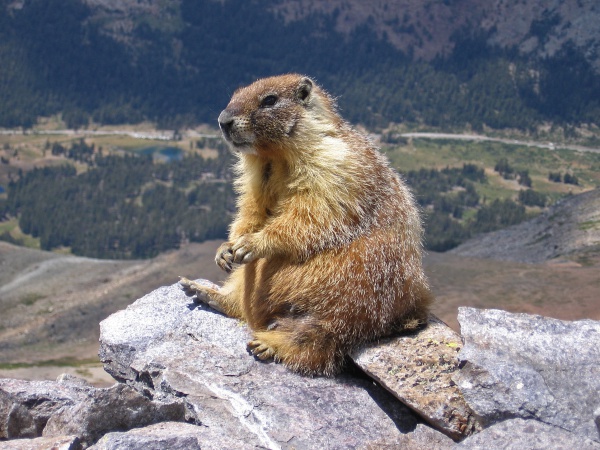Facts About Marmot
Marmots, belonging to the genus Marmota, are among the largest ground squirrels, with 15 species distributed across Asia, Europe, and North America. These herbivores exhibit pronounced social behavior during the summer months, living in groups and foraging for food. With the onset of winter, they retreat to their subterranean burrows to hibernate.
As the heaviest members of the squirrel family, marmots are easily identifiable by their sturdy legs, large claws adapted for digging, robust bodies, and broad heads equipped with strong incisors ideal for consuming vegetation. The color of their fur varies to provide camouflage in different environments.
Marmots inhabit mountainous regions throughout Europe, Asia, and North America, as well as the grasslands of North America and the Eurasian Steppe. They construct and reside in burrows and are known for their distinctive loud whistles, used for communication. Their diet is diverse, including greens, grasses, berries, lichens, mosses, roots, and flowers.
The genus Marmota is divided into two subgenera, encompassing species like the Alpine marmot, Groundhog, Himalayan marmot, and Yellow-bellied marmot. Fossil evidence has also revealed the existence of extinct species. Marmots have been recognized since ancient times, with various theories regarding the origin of the name "marmot." In Alaska, "Marmot Day" is celebrated on February 2 to honor these fascinating creatures that are prevalent in the state.

 China
China